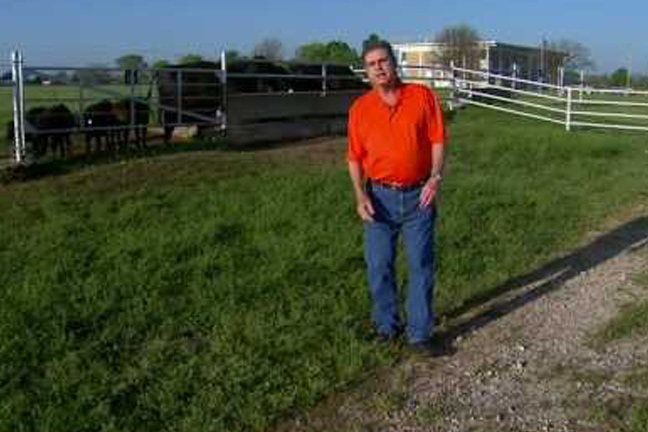
Agricultural News
Glenn Selk Takes the Mystery Out of Mineral Supplementation
Tue, 23 Jul 2013 10:14:01 CDT

Glenn Selk, Oklahoma State University Emeritus Extension Animal Scientist, writes in the latest Cow-Calf Newsletter:
Without a doubt, one of the most confusing aspects of beef cow management has got to be vitamin and mineral nutrition. Proper mineral and vitamin nutrition contributes to strong immune systems, reproductive performance, and calf weight gain. A properly balanced mineral program requires consideration of previous cow and calf mineral nutrition, hay or pasture forage intake and mineral concentration, and feed or mineral supplement intake and mineral concentration. Diets with mineral imbalances may cause poor animal performance, resulting in reduced profitability.
Mineral nutrition is generally divided into two main categories: macro minerals and micro minerals. Macro minerals include: calcium, phosphorus, potassium, magnesium, and sulfur, in addition to sodium (in salt). Micro minerals of concern are: copper, cobalt, iodine, iron, manganese, selenium, and zinc.
Several general principles are evident relative to supplementing minerals to grazing beef cattle in Oklahoma:
1. Almost all forage requires salt supplementation as a source of sodium.
2. Forage phosphorus concentration and digestibility in native and Bermuda grasses decline with advanced maturity and weathering.
3. Most grasses common to Oklahoma are marginal to deficient in copper and zinc.
4. It is apparent that good quality legume-based forages require very little if any mineral supplementation with the exception of zinc and salt, depending on the amount of this type of hay provided in the total diet.
5. In addition, fescue forage is usually marginal to deficient in selenium, while Bermudagrass forage is marginal.
6. Small grains (i.e. wheat pasture) forages may need magnesium supplementation when grazed by older cows at, or after calving.
WebReadyTM Powered by WireReady® NSI
Top Agricultural News
More Headlines...



















